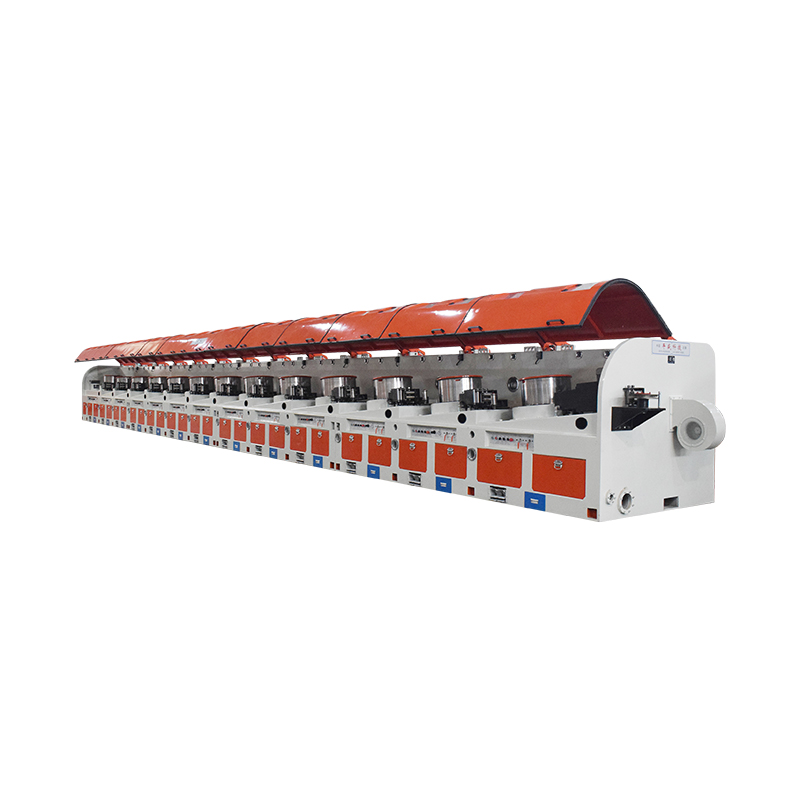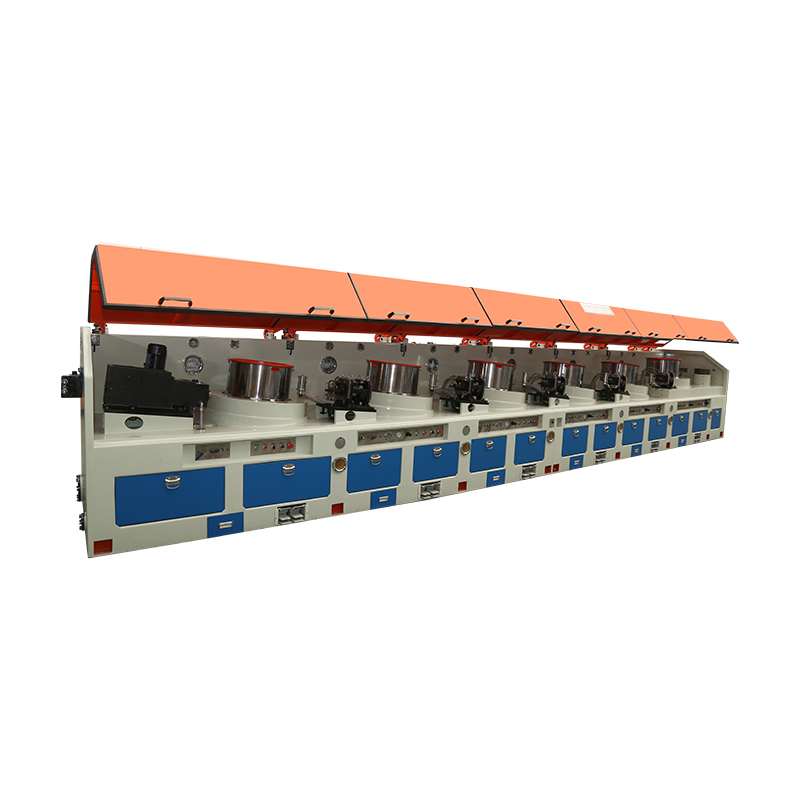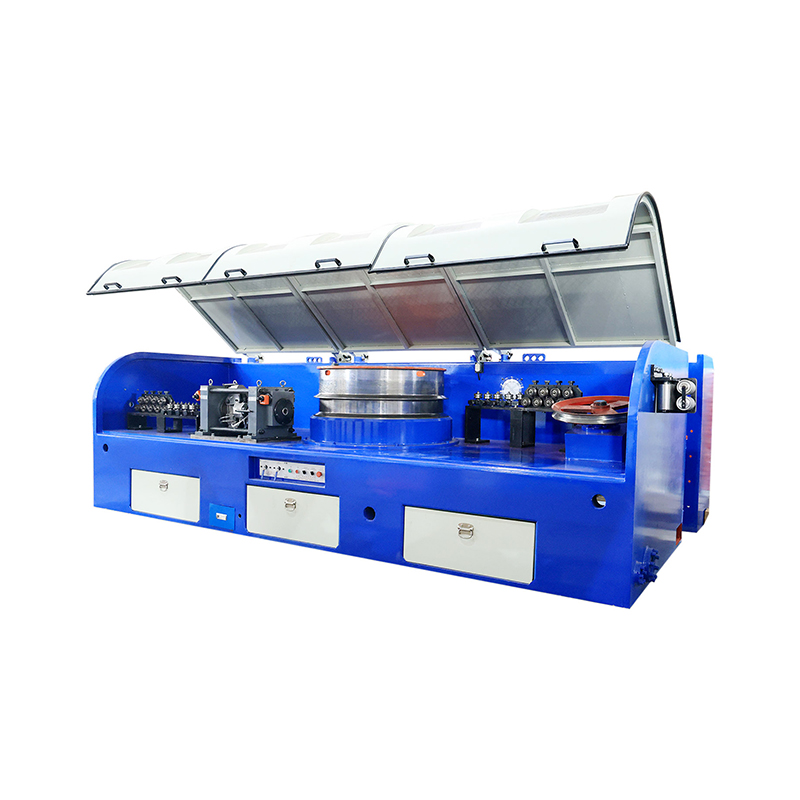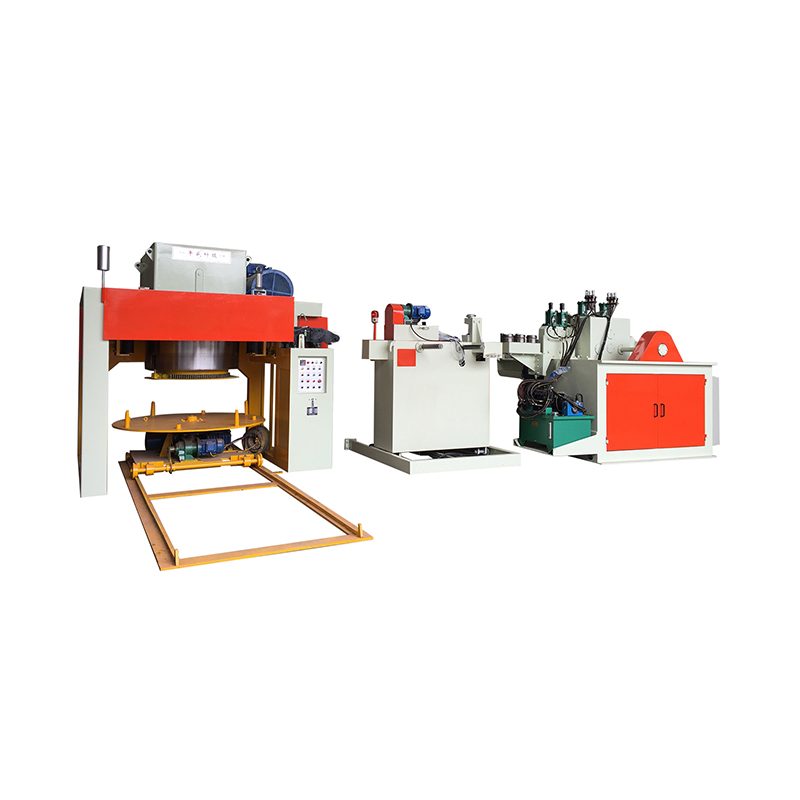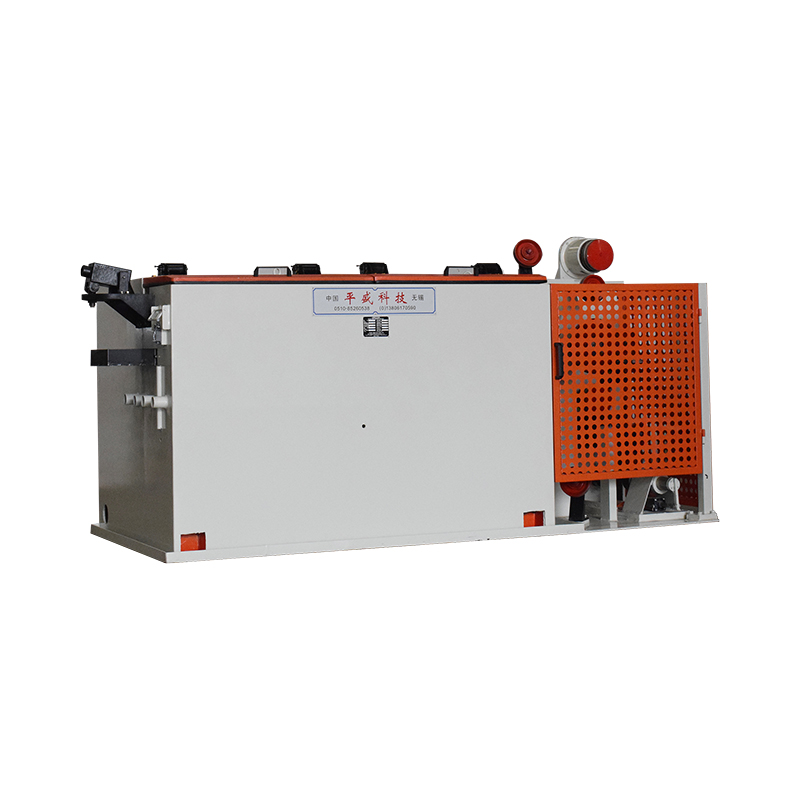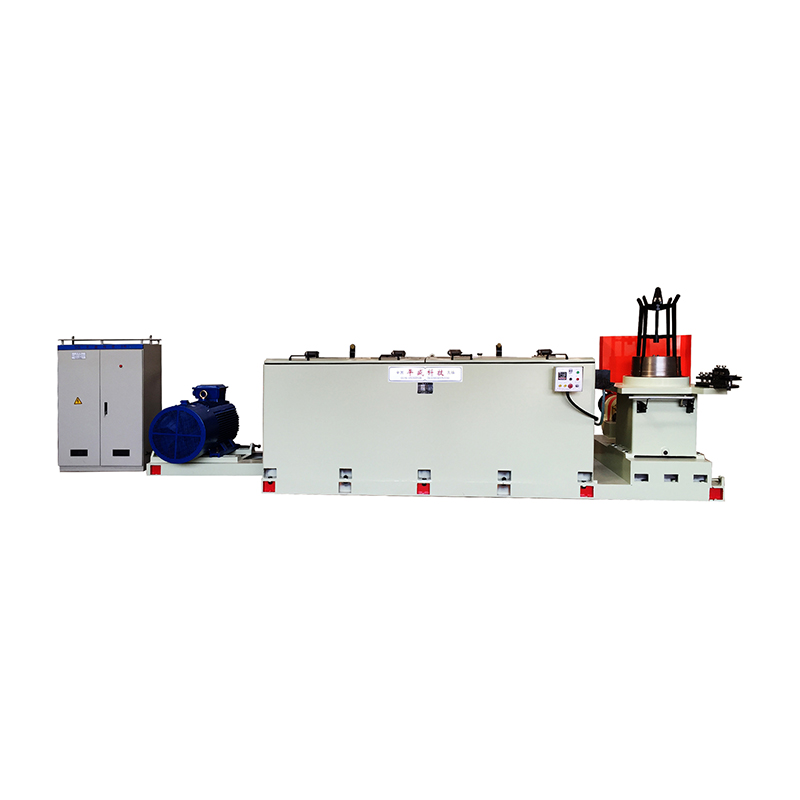How Can Multi Unit Wire Take-Up Machines Reduce Material Waste and Downtime?
Introduction to Multi Unit Wire Take-Up Machines
Wire take-up machines are essential in modern manufacturing environments where continuous wire production is required. Multi unit wire take-up machines are designed to handle several reels of wire simultaneously, allowing for efficient winding, unwinding, and storage. Their advanced design ensures smooth operation, reducing the likelihood of material waste and minimizing production downtime, which can be critical for large-scale wire processing facilities.
How Multi Unit Systems Enhance Production Efficiency
The primary advantage of multi unit wire take-up machines is their ability to operate multiple reels at the same time. This design allows manufacturers to increase throughput and optimize production lines, reducing idle time between operations.
Continuous Operation Without Frequent Stops
Traditional single-unit machines often require operators to stop production to replace finished reels. Multi unit systems can automatically switch to the next reel once one is completed, enabling continuous production and significantly reducing downtime.
Synchronization of Multiple Reels
These machines synchronize multiple reels to maintain uniform tension and consistent winding patterns. This prevents uneven spooling and tangling, which are common causes of material waste in wire production.
Reducing Material Waste in Wire Processing
Minimizing material waste is a critical goal for wire manufacturers, both from a cost perspective and for environmental sustainability. Multi unit wire take-up machines incorporate several features specifically designed to reduce scrap and loss.
Precise Tension Control
Maintaining precise tension during the take-up process is crucial. Over-tension can stretch or damage the wire, while under-tension can cause loose winding or tangles. Multi unit machines use advanced tension control systems to ensure each reel is wound consistently, reducing defects and material waste.
Automated End Detection
These machines are often equipped with sensors that detect when a reel is nearing completion. This automation prevents over-winding or breakage, ensuring that wire is fully utilized without generating excess scrap.
Minimizing Human Error
Manual operation of single-unit machines often leads to inconsistencies, such as misaligned spools or tension fluctuations. By automating multiple units in a single system, operators are less likely to make mistakes that result in wasted wire.
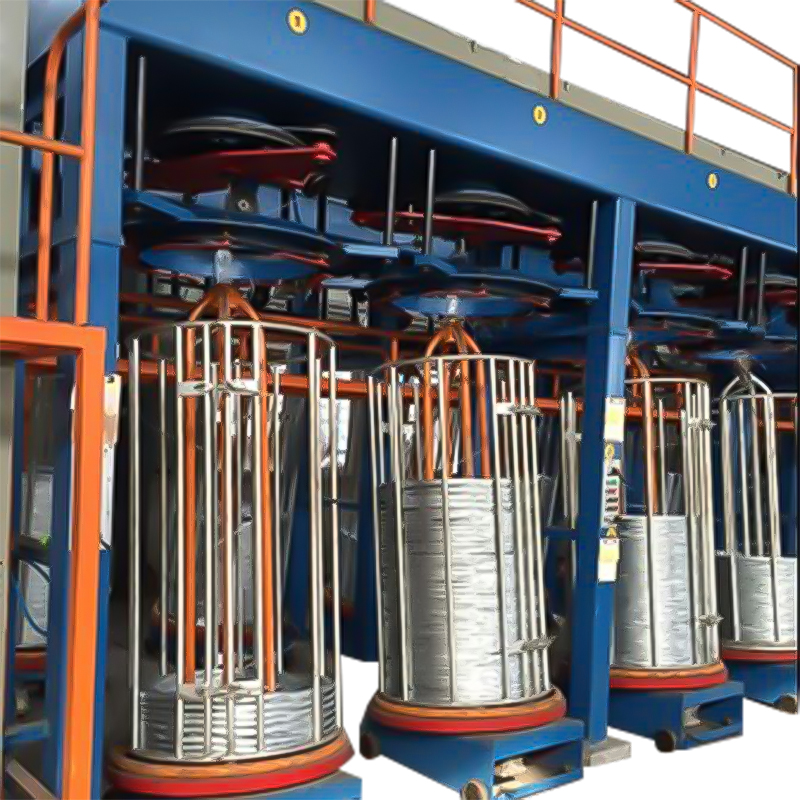
Downtime Reduction Through Automation
Downtime in wire manufacturing can be costly, impacting production schedules and increasing labor costs. Multi unit take-up machines minimize downtime through integrated automation and efficient design.
Quick Reel Change Mechanisms
These machines feature mechanisms that allow for rapid reel replacement without stopping the entire system. This feature keeps production running continuously, reducing idle periods and improving overall output.
Real-Time Monitoring Systems
Advanced multi unit systems are equipped with sensors and monitoring software that track reel status, tension, and winding patterns. Operators can quickly identify potential issues before they cause production delays, ensuring smooth operation.
Integration with Production Lines
Multi unit wire take-up machines can be integrated with upstream wire drawing or extrusion machines and downstream processing equipment. This seamless connection reduces manual handling, accelerates material flow, and minimizes downtime caused by line interruptions.
Cost and Resource Efficiency
By reducing material waste and downtime, these machines help manufacturers achieve significant cost savings. Less scrap material means lower raw material expenses, and reduced downtime increases labor efficiency.
Labor Savings
Automation reduces the need for constant manual supervision. Fewer operators are required to manage multiple reels, allowing staff to focus on other critical production tasks.
Energy and Operational Efficiency
Optimized machine operation ensures minimal energy consumption per unit of wire processed. Continuous operation without frequent stops reduces start-up and shutdown energy waste.
Industries Benefiting from Multi Unit Wire Take-Up Machines
Multiple industries benefit from implementing multi unit wire take-up systems, particularly those requiring high-volume wire production.
- Electrical wire manufacturing for residential and industrial applications
- Telecommunications cable production for fiber optic and coaxial cables
- Automotive wiring harness production
- Aerospace and defense wire assembly
- Consumer electronics wiring and cable assembly
Conclusion
Multi unit wire take-up machines are essential for modern wire production facilities seeking to reduce material waste and minimize downtime. Their automated tension control, synchronized multi-reel operation, and quick-reel change features ensure that wire is efficiently processed with minimal scrap.
By integrating these machines into production lines, manufacturers across various industries—from electrical wire production to aerospace—can achieve higher throughput, cost savings, and consistent product quality, making them a critical investment for any high-volume wire processing operation.


 EN
EN
 English
English Español
Español Français
Français Português
Português عربى
عربى



